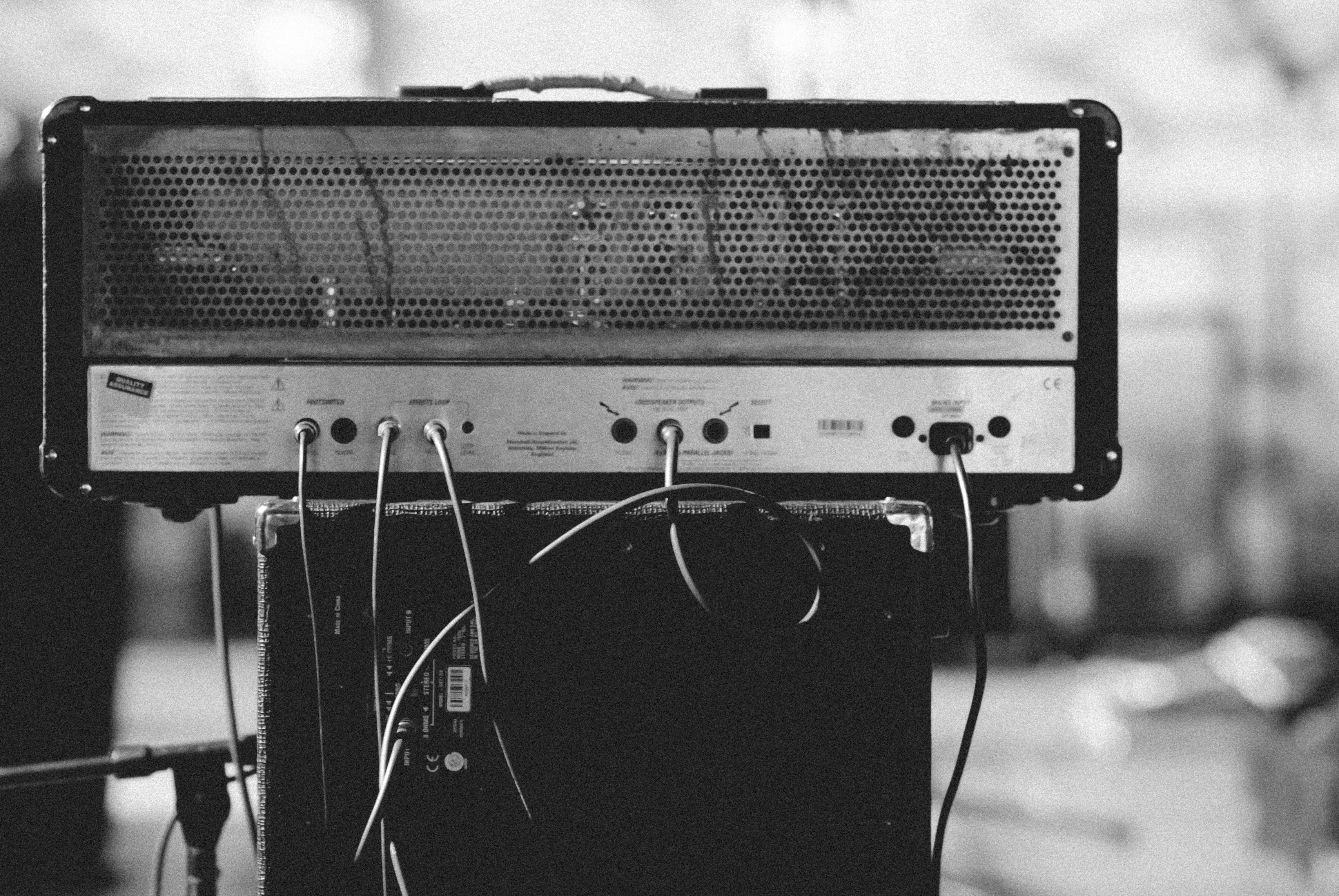Google AMP Adds Automatic Image And Low-Bandwidth Optimizations

AMP is still under active development, and Google recently released a new version with features that depend on Google’s caching of AMP content. In addition to specifying the content a page can include, AMP also provides a global caching mechanism using Google’s vast network. Because the files are cached on Google’s servers, the company can process them and serve optimized versions that further improve performance.
The most important new feature is image optimization. Images make up a large proportion of the bandwidth consumed by most web pages and many aren’t properly configured and optimized for mobile devices.
AMP now takes care of optimization when serving images to mobile devices. The optimizations are the same as those implemented by tools like ImageOptim. JPEGs are re-encoded with a quality rating of 80, which can significantly reduce their size without degrading their appearance substantially.
Some metadata and extraneous features like embedded thumbnails are removed, and the images are aggressively compressed. In some cases, the images are converted from JPEG to WebP, a format that often produces smaller images than equivalent quality JPEGs. WebP isn’t supported on all browsers and AMP will only serve WebP images where it makes sense.
If the site doesn’t already implement the srcset attribute on images — allowing browsers to choose the most suitable image size for the device — Google will add the right srcset attributes, ensuring that devices don’t download larger images than necessary.
For most AMP users, this is good news: their sites will be faster and their users benefit from lower bandwidth consumption. Some site owners, though, may want to take a close look at what AMP is doing to images, particularly photographers and those who prefer to have complete control over the appearance of images.
In addition to the introduction of image optimization, Google has also introduced AMP Lite, an even stricter version of AMP intended to be used in areas with very low bandwidth availability. AMP Lite optimizes images even more aggressively (50% quality) and performs other bandwidth reducing measures like the optimization of external font loading so that pages become usable more quickly.
As I’ve said before, Google AMP does nothing site owners can’t do themselves if they’re serious about performance optimization. A well-optimized website coupled with a content distribution network and caching can achieve much the same results, but AMP does offer a shortcut to a faster site, reducing the amount of work site-owners have to do.
If you’re a WordPress user interested in using AMP on your site, Automattic develops the Google AMP WordPress Plugin, which integrates well with existing sites and themes.
Posted in:
Webmaster










